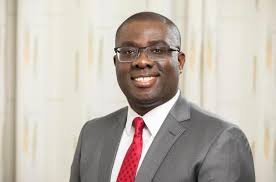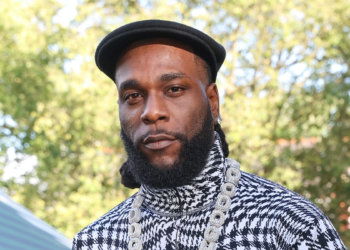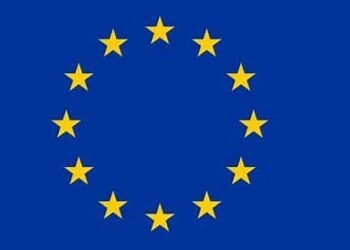Prime Minister of India, Narendra Modi has arrived in Sydney, Australia with the aim of forging closer bilateral defense and security ties. This comes as China’s influence in the Indo-Pacific region continues to grow.
Modi is the only one of the Quad nations’ leaders to continue with his Australian visit plans after President Joe Biden cancelled his to return to Washington to focus on debt limit talks. Japanese Prime Minister Fumio Kishida, who hosted a Group of Seven meeting last week, later canceled his Australia trip as well.
The Indian Prime Minister arrived in Sydney on Monday, May 22, 2023 night from Papua New Guinea, where he had hosted a meeting with Pacific Island leaders to discuss ways to bolster cooperation.
Modi is scheduled to give an address to the Indian diaspora at a sold-out 20,000-seat Sydney stadium on Tuesday, May 23, 2023 which Australian Prime Minister, Anthony Albanese will attend. Albanese has a bilateral meeting with Modi on Wednesday, May 24, 2023.
Modi told reporters that he wanted to take India’s relationship with Australia to the “next level,” including closer defense and security ties to help ensure a free and open Indo-Pacific region.
“As two democracies, India and Australia have shared interests in a free, open and inclusive Indo-Pacific. There is alignment of our strategic viewpoint.
“The high degree of mutual trust between us has naturally translated into greater cooperation on defense and security matters. Our navies are participating in joint naval exercises. I am confident that there is merit in working together to realise the true potential in closer defense and security cooperation.”
Indian Prime Minister, Narendra Modi
This is Modi’s second Australian visit as India’s Prime Minister. He last visited Australia in November 2014 only months after his government was first elected.
“India Is A Key Strategic Partner”
The Australian Prime Minister disclosed in Parliament that for the first time, Australia will host the Malabar naval exercises involving India, the United States and Japan this year in another sign of a deepening commitment to the Quad.
“India is a key strategic partner,” Albanese stated.
“We are both part of a growing and dynamic region and Prime Minister Modi is a very welcome visitor to our shores,” Albanese added.
Also, Albanese divulged that he and Modi expect to complete negotiations on a free trade deal before the end of the year. “That will create Australian jobs, helping our industries prosper, sparking growth in innovation,” he said.
Negotiations on the deal began in 2011. The Comprehensive Economic Cooperation Agreement would increase the scope of a bilateral trade pact that came into force in December last year.
Albanese added that another issue for discussion with Modi is cooperation on renewable energy.
India is Australia’s sixth largest trading partner with the two-way exchange of goods and services valued at 46.5 billion Australian dollars ($31 billion) last year.
Australia is keen to increase trade with India as a means of diversifying from China, Australia’s biggest trading partner. Australian efforts to improve trade relations with India have gained urgency in recent years as Beijing has closed down markets for targeted Australian exports.
Australia had pulled out of the original Quad security dialogue with India, the United States and Japan in 2008, fearing the grouping would provoke a Chinese military buildup. Since China took that course anyway, the Quad reformed in 2017 and Australia returned to joint Quad military exercises in 2020.



















